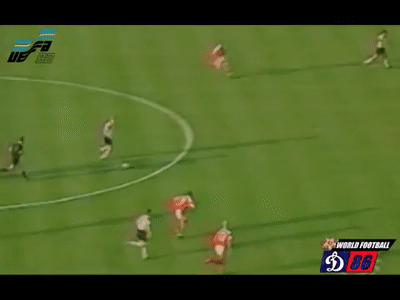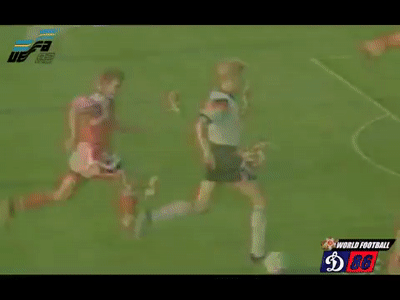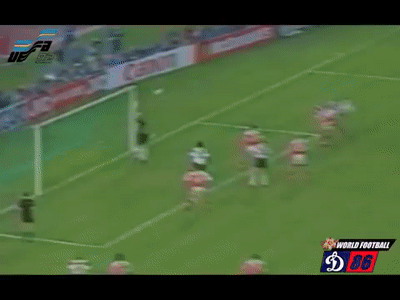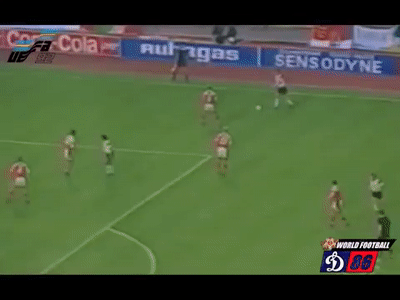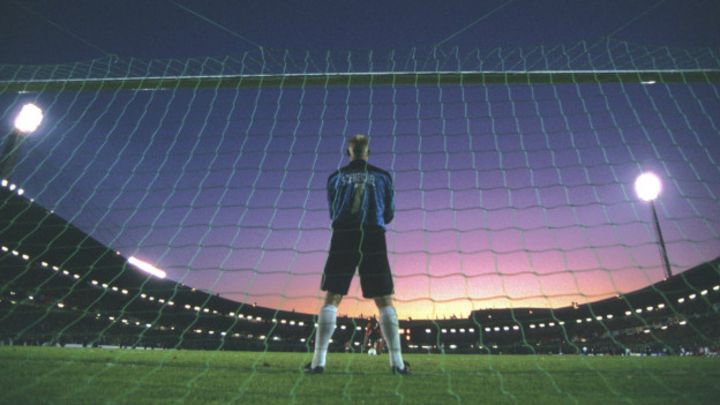The early years and the battle for Eusebio's signature
Eusebio grew up in the Mafalala neighbourhood of Maputo in extreme poverty and lost his father to tetanus when he was just eight. Shoeless and often without a football Eusebio and his friends would simply
stuff newspapers into socks to make a ball and play barefoot.
As he grew older and stronger people began to realise this kid was a
bit special with a football. His talents however fell on blind eyes during a trial for his favourite team, Benfica feeder club Grupo Desportivo de Lourenco Marques. So the 15-year old went across town to rivals Sporting Clube de Lourenco Marques, a Sporting Lisbon feeder club.
His profile grew and later that year he was scouted by a retired Juventus goalkeeper, who despite his best efforts could not convice Eusebio's mother to let his son go to Italy.
Despite playing for a Sporting feeder club it was
Benfica, whose own feeder club had dismissed Eusebio's ability two years previously that decided to offer the now 18-year old a contract worth
€135,000 in today's money to sign for them, and after paying his mother and brother an additional €1,000 Eusebio arrived in Lisbon in December 1960.
Sporting however weren't best pleased. As Eusebio had played for their feeder club Sporting claimed that Benfica had no right to poach what they saw as effectively one of their youth players. The animosity between the two Portuguese rivals led to Benfica incredibly hiding Eusebio in a hotel in Lagos, southern Portugal for 12 days as they feared a Sporting
kidnapping plot on the teenager.
After two weeks the debacle was settled in court, Benfica had not breached any laws in the signing of Eusebio and Lisbon's biggest club had just signed the man who would become their legend. And to this day perhaps only
Pele and
Santos can claim to have a similar level of reverence between fans and a former player than Benfica and Eusebio.
Eusebio's emergence and his early rivalry with Pele
Where the history books are largely devoid of the story of Eusebio's Mozambican youth, they pick up in detail after 1961. Eusebio made his friendly debut for Benfica on May 23, 1961 where he scored a hat-trick. Just eight days later Benfica became the first club after Real Madrid to win the
European Cup, beating Barcelona 3-2 in the final in Switzerland.
The Portuguese side, already brimming with the talents of Jose Augusto, Jose Aguas and another established Mozambican prodigy Mario Coluna were now the top dogs in Europe. And with the signing of Eusebio they would remain at the
pinnacle of European football for the better part of the next decade.
Later that summer Benfica were invited to a friendly tournament in Paris where they would face Pele's mighty Santos. Pele is barely a year older than Eusebio but by 1961 the 20-year old Brazilian had become the world's most famous sportsman.
But on June 15 of that summer Eusebio, to everyone's disbelief, would
challenge Pele's greatness. Losing 5-0 to a vastly superior Santos side Benfica coach Bela Guttmann decided to give Eusebio a quick run-out for the last half hour. Just 17 minutes after coming on he had scored an insane hat-trick, one blast from 25 yards, another quick volley from the penalty spot and a third well taken one-on-one.
Benfica lost the game 6-3 but no one cared, Eusebio was the
new kid on the European block and he even got his face on the cover of France's most famous sporting magazine, L'Equipe.
A year later Eusebio helped Benfica
retain their European Cup title with two goals in a 5-3 win against Real Madrid. Later that year however Pele would once again humiliate the Portuguese and European champions in the Intercontinental Cup as Santos beat Benfica 3-2 in Sao Paulo and in the return leg Pele scored a hat-trick equally as impressive as the one scored by Eusebio a year before.
Pele's third goal even included a great nutmeg on Eusebio himself in the build up.
Still a genius and a gentleman, but little silverware
Eusebio would have his
revenge on Pele at the 1966 World Cup in England, but since their last European Cup victory in 1962 the story of Eusebio, Benfica and Portugal is one of
heartbreak.
Benfica would lose in the 1963 European Cup final to Cesare Maldini's AC Milan, the 1965 final to Helenio Herrera's Internazionale and their 'catanaccio' tactics, and once again in the 1968 final to Manchester United, the lasting image of that game being
Eusebio clapping United keeper Alex Stepney after his brilliant save to deny the Portuguese forward the winning goal in the last minute of normal time.
And in 1966, Eusebio would light up the World Cup with
nine goals in six games, but fell short in the Semi-Finals against hosts England following a controversial 11th hour change of stadium from Goodison Park to Wembley by the English FA, which no doubt disrupted Portugal's preparation.
And if Bobby Moore's
celebration with the Jules Rimet trophy is the most iconic and joyful image of the 1966 World Cup, Eusebio's tears after Portugal's loss to England is its
most heartbreaking.
His records and life after football
Eusebio would end up winning 11 Primera Liga titles with Benfica after 15 years at the club he came to
cherish as his home.
His official goal tally for Benfica sits at 473 goals in 451 games and his career total stands at 585 goals in 582 games. He remains the only player in history ever to have a verified competitive goal ratio of better than one goal per game. Not even Pele, Puskas, Muller, or Di Stefano can claim that kind of a record.
Above all however Eusebio remained a
humble and decent man long after his playing days. In a day when sporting celebrity and being a decent, moral and not 'out of touch' human being are often seen as two opposing traits Eusebio stayed a great guy long after he had hung up his boots.
His modest personality coupled with his fierce speed, (he could run the 100m in around 10.5 seconds) exceptional first touch, and absolute rocket of a right foot remain the lasting memories of Africa, Portugal and arguably football's greatest ever striker.


